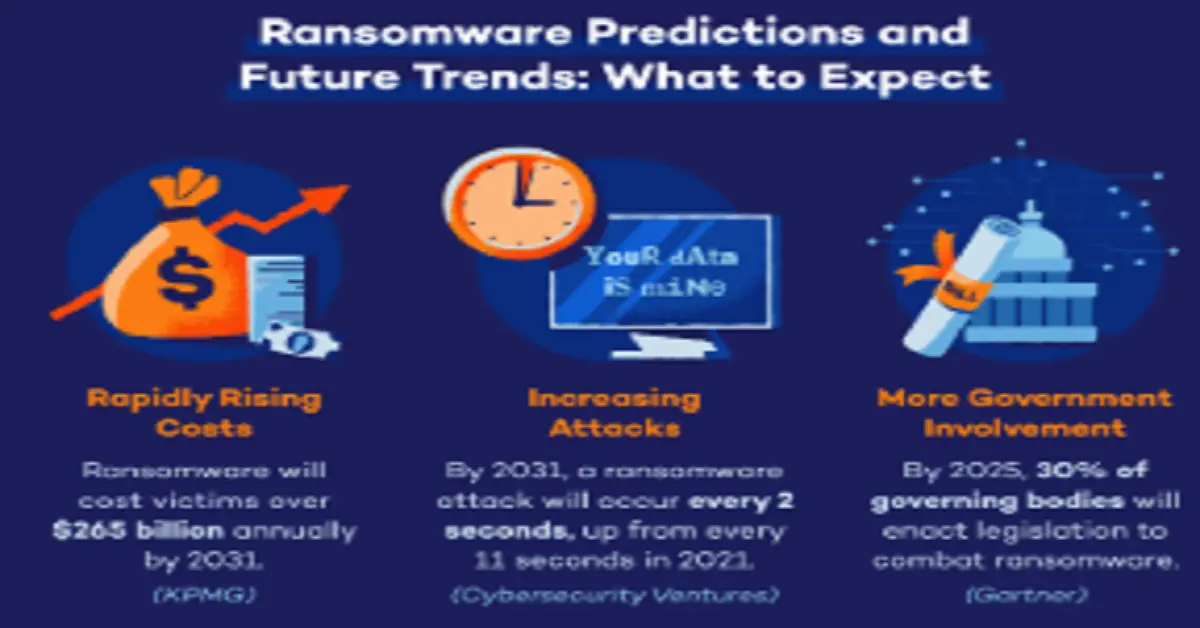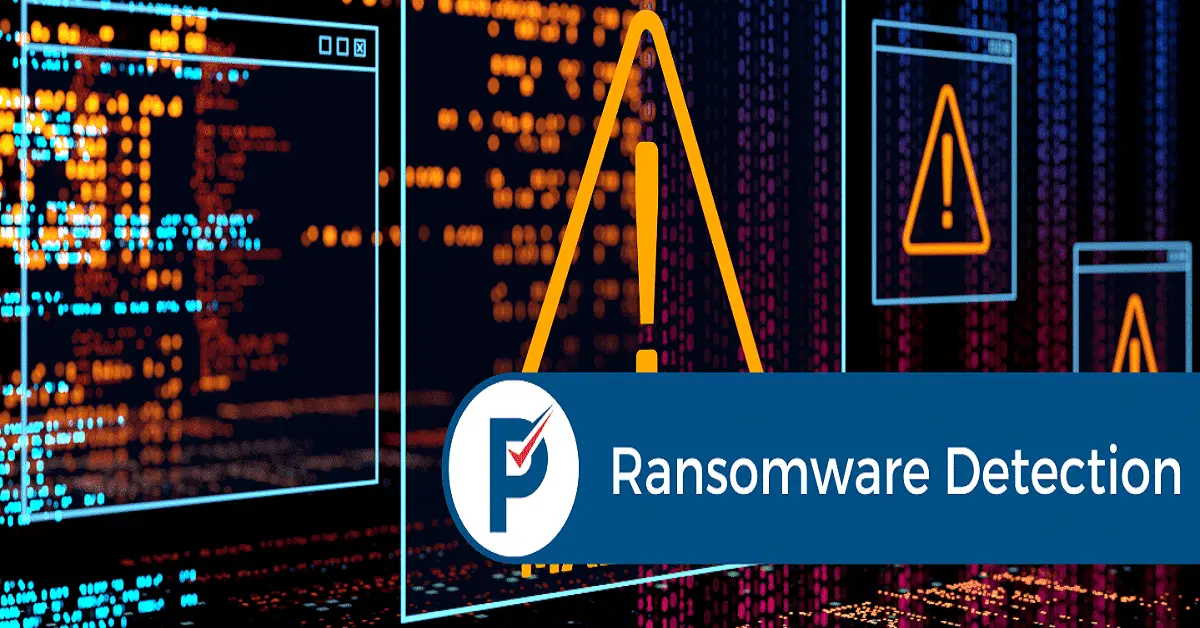Exposing the Phongsavanh Group Ransomware Scam
In the digital age, cyber threats have become increasingly sophisticated, targeting businesses and organizations worldwide. One such alarming incident is the phongsavanh group ransomware scam, which highlights the vulnerabilities even prominent organizations face. This article dives into the depths of this scam, uncovering its mechanics, impact, and lessons for the future.
Understanding Ransomware

What Is Ransomware?
Ransomware is a type of malicious software designed to block access to a computer system or its data until a ransom is paid. Cybercriminals deploy this tactic to extort money by encrypting sensitive information and holding it hostage. These attacks are not just technical nuisances; they are calculated operations targeting critical vulnerabilities in organizations.
Common Ransomware Tactics
The modus operandi of ransomware attacks include phishing emails, malicious attachments, and exploiting system vulnerabilities. In the case of the phongsavanh group ransomware scam, attackers likely used deceptive emails disguised as official communications to breach their systems.
Overview of Phongsavanh Group
History of Phongsavanh Group
Phongsavanh group ransomware scam, a prominent conglomerate with roots in Southeast Asia, is renowned for its ventures across banking, retail, and telecommunications. Established with a vision for innovation, the organization has played a pivotal role in regional economic growth.
Global Presence and Operations
With operations spanning multiple sectors and regions, Phongsavanh Group has earned a reputation for excellence. Its widespread reach, however, made it an attractive target for cybercriminals aiming to exploit its extensive network.
How the Scam Unfolded
Initial Attack Vector
The Phongsavanh group ransomware scam began with a targeted phishing campaign. Attackers leveraged social engineering tactics to deceive employees into downloading malicious software, creating a gateway to the organization’s systems.
Ransom Demands and Negotiations
Once the attackers gained control, they encrypted critical data and issued a ransom demand. Victims were left grappling with the decision to negotiate or risk losing their information permanently.
Warning Signs and Red Flags

Suspicious Emails and Links
Phishing emails are often the first step in ransomware attacks. These emails may include enticing subject lines or appear to be sent from trusted contacts, urging recipients to click on malicious links or download infected files.
Unexpected System Behaviors
Unusual activity, such as slowed operations or files becoming inaccessible, is a common indicator of ransomware infiltration. Recognizing these signs early can prevent extensive damage.
The Aftermath of the Scam
Financial Losses
The financial fallout from the phongsavanh group ransomware scam was significant, encompassing ransom payments, recovery costs, and business interruptions. Such losses underscore the economic risks of cybercrime.
Reputational Damage
Beyond monetary losses, the incident tarnished the organization’s reputation. Customers and partners often lose trust when cybersecurity lapses occur, impacting long-term business relationships.
Cybersecurity Measures to Prevent Ransomware
Regular Software Updates
Keeping systems and software up to date is crucial. Vulnerabilities in outdated software provide easy entry points for attackers, making patch management an essential cybersecurity practice.
Employee Training Programs
Educating employees about recognizing phishing attempts and adhering to cybersecurity protocols is equally important. A well-informed workforce acts as the first line of defense against cyber threats.
Legal Implications and Responses
Reporting Cybercrimes
Victims of ransomware attacks should promptly report incidents to law enforcement agencies. Quick reporting can aid in tracking perpetrators and mitigating further damage.
International Cooperation
Ransomware is a global problem requiring international collaboration. Governments and organizations are joining forces to create frameworks for combating such threats effectively.
Lessons from the Phongsavanh Case
Importance of Preparedness
The phongsavanh group ransomware scam highlights the need for organizations to invest in robust cybersecurity measures, such as backup systems and incident response plans.
Role of Transparency
During a crisis, clear communication with stakeholders is vital. Being transparent about the situation and recovery efforts can help rebuild trust and minimize reputational harm.
Future Trends in Ransomware Attacks

AI-Driven Cyber Threats
Artificial intelligence (AI) is a double-edged sword in cybersecurity. While it offers advanced tools for defense, it also empowers attackers to create more sophisticated threats.
Strengthening Defenses
Emerging technologies, such as blockchain and advanced encryption methods, hold promise for bolstering ransomware defenses. Organizations must stay ahead of these innovations to safeguard their assets.
Conclusion
The phongsavanh group ransomware scam serves as a stark reminder of the evolving threats in today’s digital landscape. By staying vigilant, investing in cybersecurity, and learning from past incidents, organizations can fortify their defenses against future attacks.
